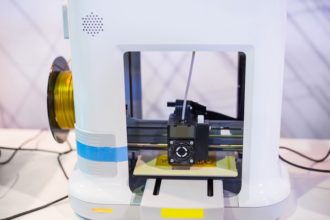11 Common Types of Malware in Computer Systems

Malicious software, or malware as it is more commonly known, is essentially any kind of software that is being used for bad purposes. That can be anything from trying to damage the system itself to damaging someone’s reputation by gaining access to private information. New malware is always being created to combat the solutions to old malware, so many different forms have been developed over the years.
Below are eleven common types of malware often found in computer systems:
1. Virus

Viruses are not as common as many people think, but they are still one of the prevalent types of malware out there. Just like a virus in the human body, computer viruses spread easily from place to place, infecting everything they touch. Viruses come as part of a file, and when that file is opened, the virus will become triggered and begins infecting other files and programs as well.
2. Trojan horse

Also logically named, a Trojan or a Trojan horse is malware that looks like a legitimate program. Just as the Greeks’ Trojan horse was a cover up for getting their men into Troy, a malware Trojan horse covers up malicious software getting into your system. Trojans are difficult to combat because access is gained at the discretion of the user, and it isn’t always easy to see that it is a ruse.
3. Worms

If you cut an earth worm in half, it will create two worms. And that is kind of what malware worms do too. This type of malware is very sneaky. Worms do not require a host, like viruses and Trojans do.
Worms can run on their own and do not require any action on the end of the victim to become activated. Once a worm gets into a system, it replicates and can spread to the entire network quickly and easily, “eating” data – that is, destroying it – as it goes.
4. Adware
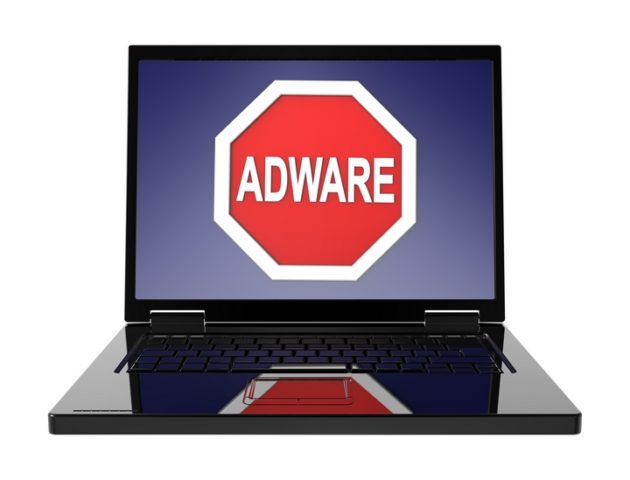
Advertising supported software, or malware, is a fairly mild form of malware. Adware simply subjects the user to unwanted ads, which typically generates income for the developer. These types of malware are usually bogus ads that can be used to glean information about your browsing habits.
5. Spyware
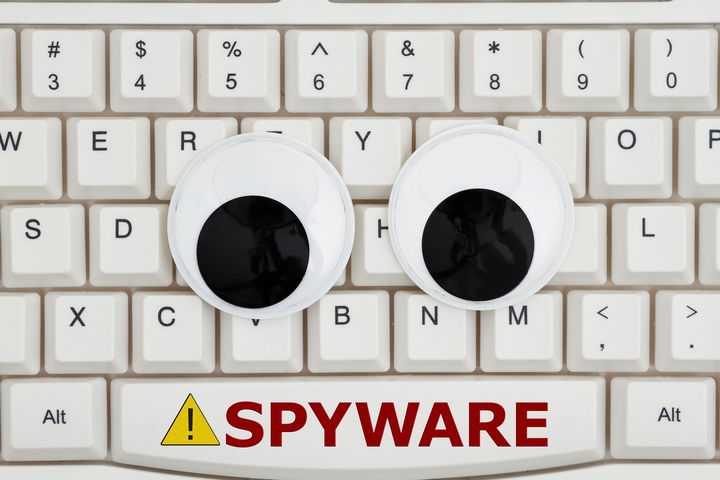
Spyware can be used on its own or in tandem with adware. This type of malware is used to track the habits of a person’s computer usage, as it allows someone to remotely view information about the activities that take place on that system.
Sometimes, this information is used to create adware that is targeted to those activities. This type of malware may, however, be used to more directly view exactly what is being done on that computer.
6. Rootkit
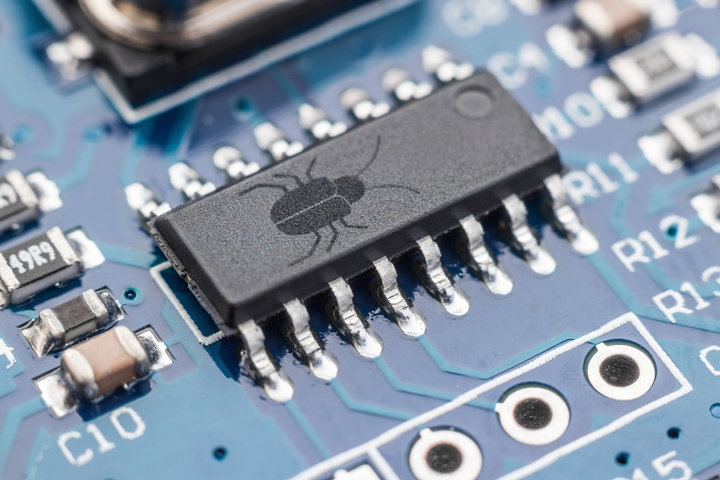
A rootkit is a very sneaky kind of malware. It allows for an unauthorized user to gain access to a system, or a particular software, and is extremely difficult to detect. Once the unauthorized user has access, they have full ability to do pretty much anything they choose, as if they were an administrator.
This includes gaining access to private information, changing and deleting software and programs, and other malicious activities. These types of malware can be tricky to eradicate, unless you have professional IT support services to help.
7. Ransomware
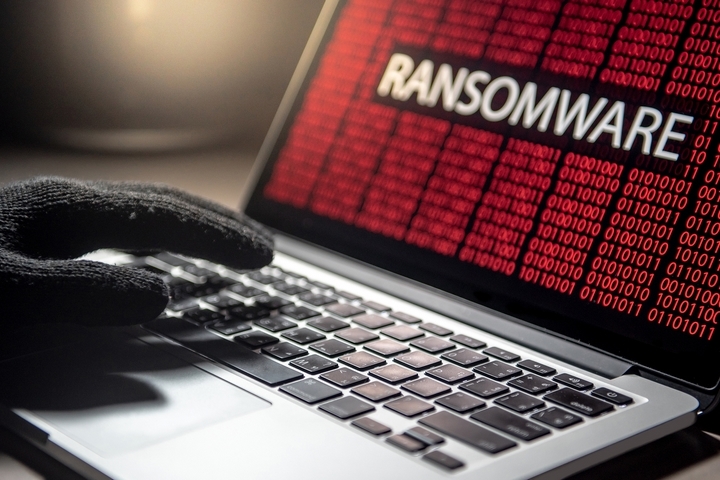
This malware is generally employed through a Trojan, and involves taking a person or company’s data hostage and demanding a price, or a ransom, for it to be returned.
Ransomware is generally used in two ways. One, the ransomware is installed and data is encrypted immediately. Two, the hacker gains access to the system, monitors the activities to gain information, and then encrypts the data. Unfortunately, those who pay often do not end up recovering their data anyway.
8. Malvertising

Malvertising is different from adware, and can be more dangerous too. Adware is not generally a truly malicious form of malware, while malvertising can be. Malvertising is done through ads that have been purchased on legitimate websites, and which download malware onto the system when clicked.
Even worse, some of the ads don’t need to be clicked, and the malware can simply download itself in what is called a “drive-by download”. That is, a download that takes place simply because the ad with the malware was viewed, even if it was not necessarily clicked.
9. Keyloggers

This type of malware tracks keystrokes. It can be used to gain access to important information, like passwords, login names, and other personal data. It can also be used to track any other thing that is typed – emails, messages, notes, and documents, for example.
10. Logic bombs

Logic bombs are coding set up in software that “explode” when certain conditions are met causing malicious events to occur. For instance, on a certain date, or at a certain time, specific files or software may begin deleting automatically. This is usually the result of actions taken by someone who already has access to the system, rather than an unauthorized user.
11. Backdoors

This type of malware allows unauthorized access via a “backdoor” to the system. Essentially, a backdoor allows for unauthorized users and software to connect to the network undetected.

